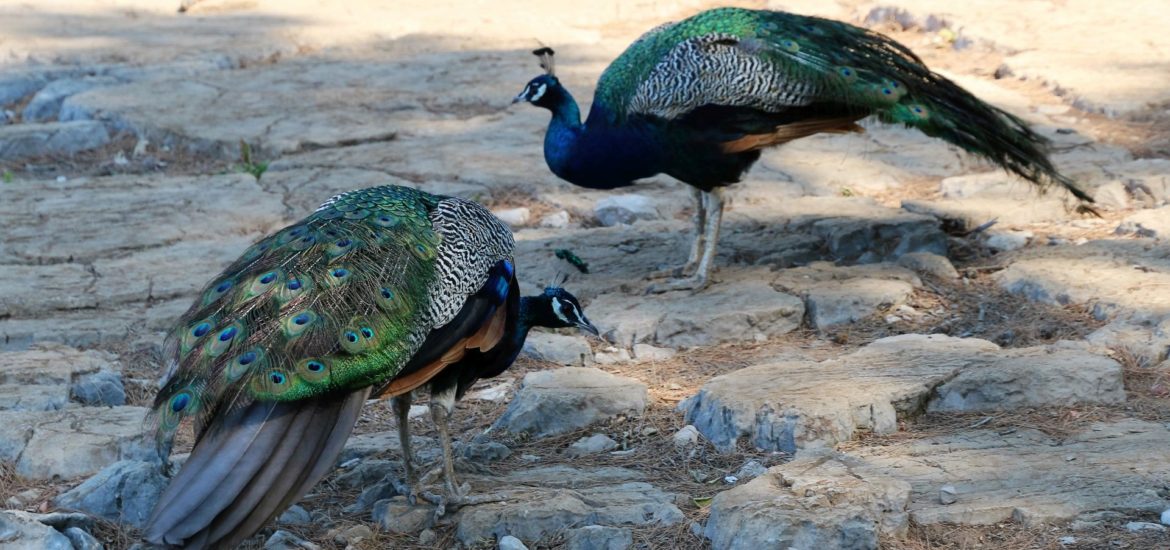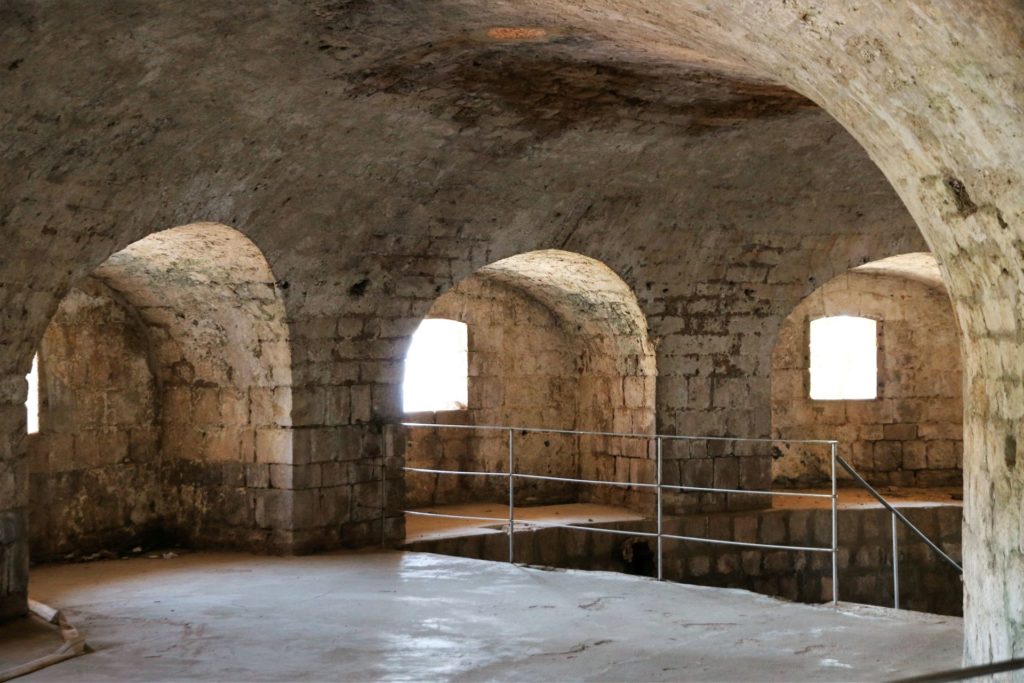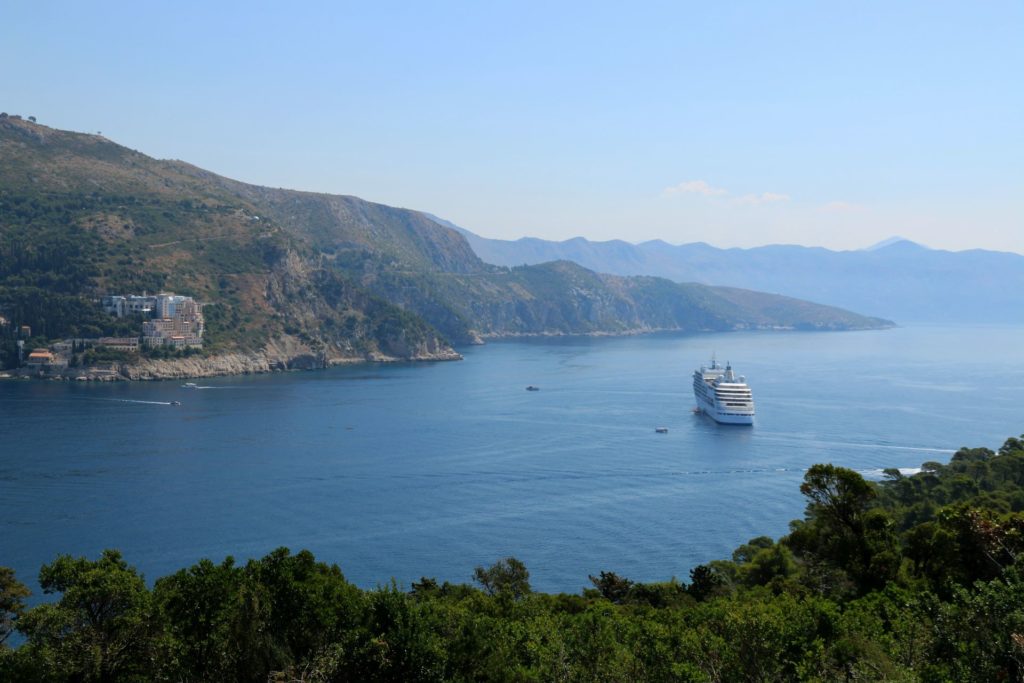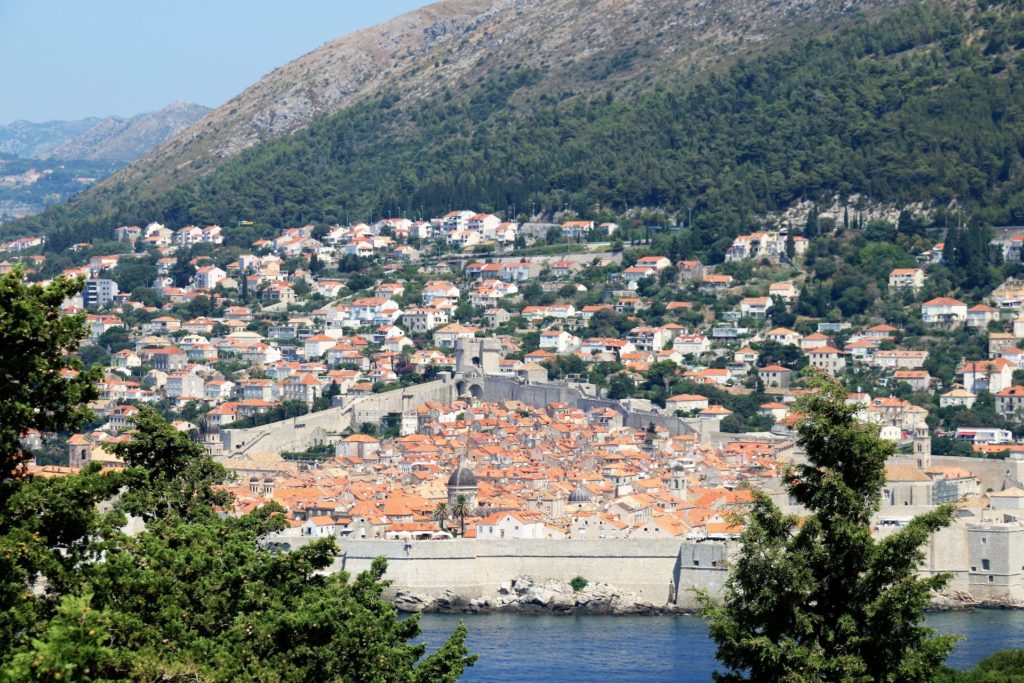As we are spending our summer holidays in Slano, it was quite easy for us to make a day trip to Lokrum, also called the „Island of Peacocks“, only a 10 minutes boat ride away from Dubrovnik.
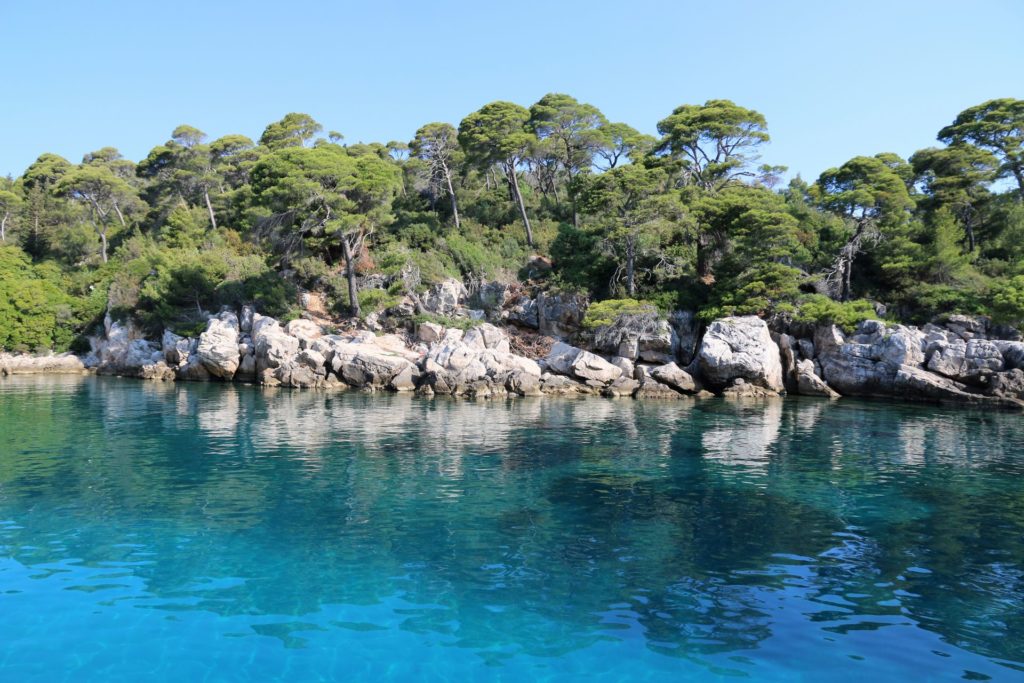 Paul and I had both visited the island several decades ago and we were really curious what we would find there. In the times of Tito’s Yugoslavia, Lokrum was a popular destination for locals and tourists; it could be reached by taxi-boat for a few dinars. The island was a perfect place for sunbathing, walking through the dense pine tree forests and of course swimming, as the water was (and still is) crystal clear and cobalt blue. It was romantic, peaceful and mysterious.
Paul and I had both visited the island several decades ago and we were really curious what we would find there. In the times of Tito’s Yugoslavia, Lokrum was a popular destination for locals and tourists; it could be reached by taxi-boat for a few dinars. The island was a perfect place for sunbathing, walking through the dense pine tree forests and of course swimming, as the water was (and still is) crystal clear and cobalt blue. It was romantic, peaceful and mysterious.
Why mysterious? Well, according to legend, Lokrum – its name comes from the Latin word acrumen or sour fruit – is a cursed island. It was first mentioned in 1023, when Benedictine monks established an abbey and monastery on it. The monks were evicted in 1808 after the French took possession of the island, but before they left, they put a curse on the island: they circled the island in a mysterious procession, clutching lit candles turned upside down. Leaving a trail of wax, they chanted the horrifying words “Whosoever claims Lokrum for his own personal pleasure shall be damned!” And so it was. Future owners died mysteriously from suicide, murder and drowning…
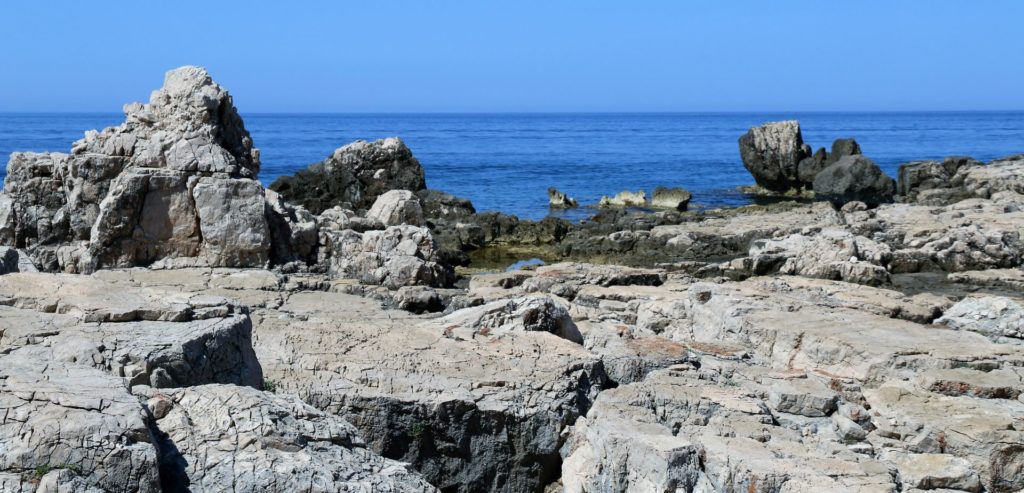 The curse of Lokrum caused the island to become abandoned and deserted. Even nowadays nobody owns Lokrum and it is still considered bad luck to take something from the island or to spend the night there.
The curse of Lokrum caused the island to become abandoned and deserted. Even nowadays nobody owns Lokrum and it is still considered bad luck to take something from the island or to spend the night there.
But the curse did not prevent us from visiting Lokrum. We took the first boat in the morning from the old port of Dubrovnik, as we wanted to enjoy our stay in a quiet atmosphere. We paid 120 kunas (16 €) p.p. for a return ticket + entrance fee for the nature reserve.
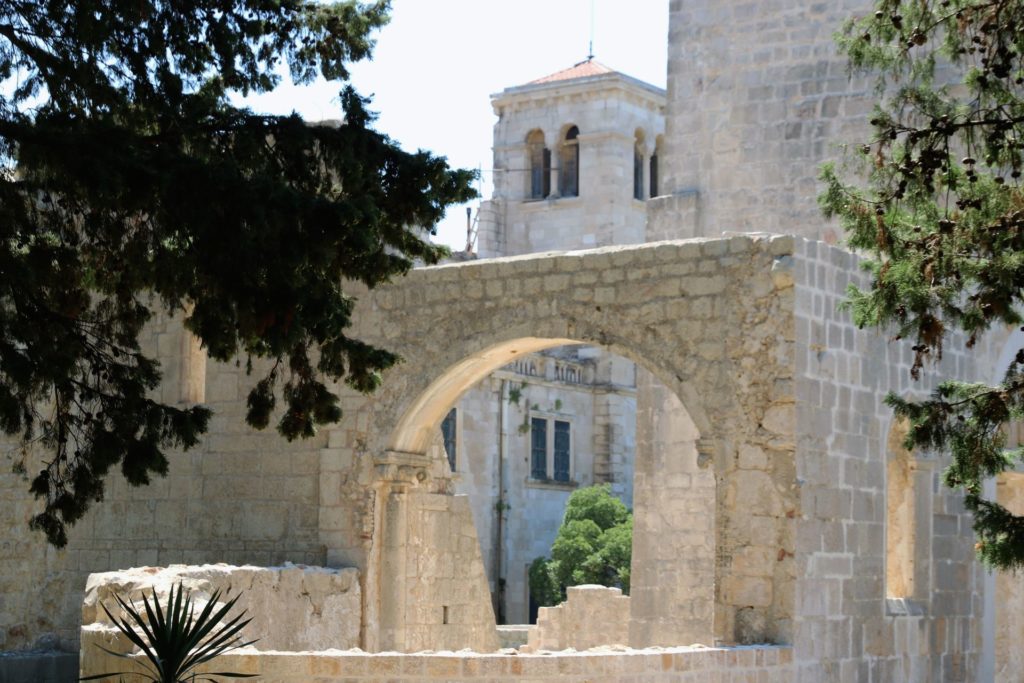 By the way, since 1976, Lokrum is also protected by UNESCO as a Special Reserve of Forest Vegetation.
By the way, since 1976, Lokrum is also protected by UNESCO as a Special Reserve of Forest Vegetation.
After a cup of coffee on the shady terrace of Lacroma Bar, we followed one of the well-marked trails that extend around and through the center of the island. The Mediterranean vegetation and huge pine trees offered shade, and the only sounds we heard were the chirping of crickets and… the screaming of peacocks. It is interesting to know that the resident peacocks were originally brought over from the Canary Islands by Maximilian Ferdinand of Habsburg, a former island owner who built a magnificent mansion (using the remnants of the former monastery) and a marvelous garden on the island around 1859. Nowadays, the peacocks roam freely around the island, together with numerous bunnies.
We visited Mrtvo More, the “Dead Sea”, actually a shallow salty lake linked to the sea that was formed after years of erosion. Behind the lake are “The Cliffs”, a beautiful rocky beach, perfect for sunbathing and swimming in the transparent sea.
The ruins of the Benedictine monastery, i.e. Maximilian’s summer residence (now under reconstruction) were impressive, but the Botanical Garden was disappointing, as most tropical plants and succulents were damaged as a result of the last, extremely cold winter.
In spite of the hot weather, we took the “Path of Paradise” and made the climb to the highest point of Lokrum: Fort Royal, built in the form of a star. The tower’s construction started in 1806, when the French army occupied Dubrovnik.
Standing on the tower, we had a great view of Dubrovnik and surroundings, trying to imagine how Richard the Lion Heart shipwrecked here in 1192 on his way home from the Crusades…
It was time to escape the crowds and return to Dubrovnik, leaving the cursed island with its mysteries behind us…
